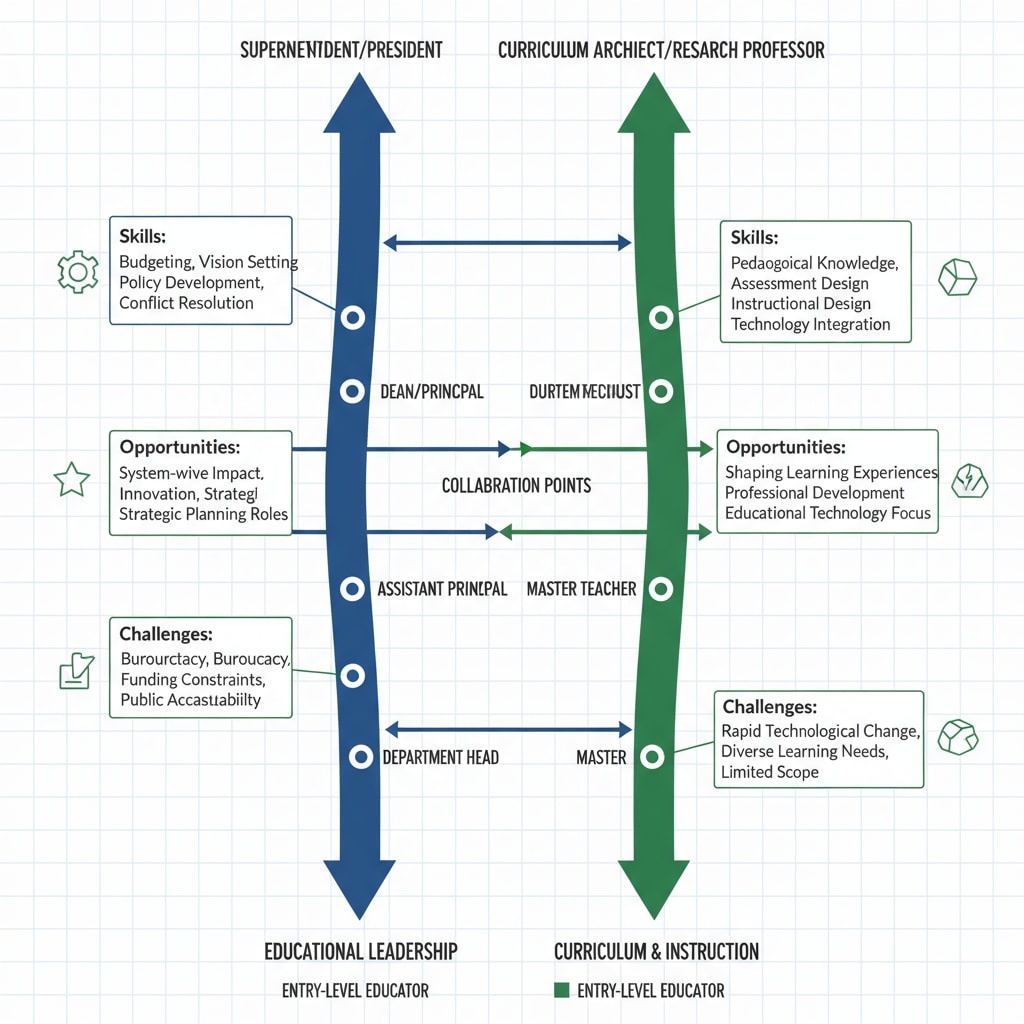Educational graduate programs play a pivotal role in the career development of K12 educators, often presenting a crossroads where the balance between personal interests and professional growth must be carefully navigated. Curriculum design, in particular, is a key aspect that can significantly influence an educator’s trajectory. Take, for example, a high school math teacher who is contemplating further education. This teacher is at a juncture where decisions about educational graduate programs will shape not only their immediate career but also their long-term professional journey.

The Dilemma of Career Paths
For many K12 educators, the choice between different graduate education paths is not straightforward. It’s a tug-of-war between what they are passionate about and what will enhance their career prospects. In the case of our high school math teacher, two prominent paths emerge: educational leadership and curriculum instruction. Educational leadership offers the opportunity to influence school policies, manage teams, and have a broader impact on the educational system. On the other hand, curriculum instruction focuses more on the nitty-gritty of designing engaging and effective teaching materials and methods.

The Allure of Educational Leadership
Opting for an educational leadership graduate program can open doors to various administrative positions within schools or districts. This path equips educators with skills in management, strategic planning, and policy-making. As a result, they can have a say in shaping the overall educational direction of an institution. For instance, they can be involved in decisions regarding resource allocation, teacher training, and student assessment strategies. However, it may require sacrificing some hands-on teaching time and delving deeper into the administrative aspects of education. According to Wikipedia’s page on Educational Leadership, educational leaders need to have a broad understanding of educational theories, management principles, and community engagement.
The Appeal of Curriculum Instruction
Choosing the curriculum instruction route allows educators to focus on their passion for teaching and improving the quality of education at the classroom level. They can develop innovative teaching materials, experiment with different instructional methods, and directly impact student learning. This path is ideal for those who thrive on the creativity and flexibility of curriculum design. For example, they can create project-based learning modules or incorporate the latest educational technologies into their lessons. As per Britannica’s entry on Educational Curriculum, effective curriculum design involves considering students’ needs, learning objectives, and available resources. However, the career progression in this area may be more focused on teaching excellence rather than climbing the administrative ladder.
Making the decision between these two paths requires a careful consideration of one’s long-term career goals, personal interests, and lifestyle preferences. It’s not just about choosing a graduate program; it’s about envisioning the kind of educator and professional one wants to become. By weighing the pros and cons of each path, educators can make a more informed choice that aligns with their overall career aspirations. Readability guidance: The use of short paragraphs and lists helps summarize key points. Each H2 section provides a list of aspects related to the topic. The passive voice and long sentences are kept in check, and transition words like “however,” “on the other hand,” and “for example” are used throughout the article to enhance readability.


